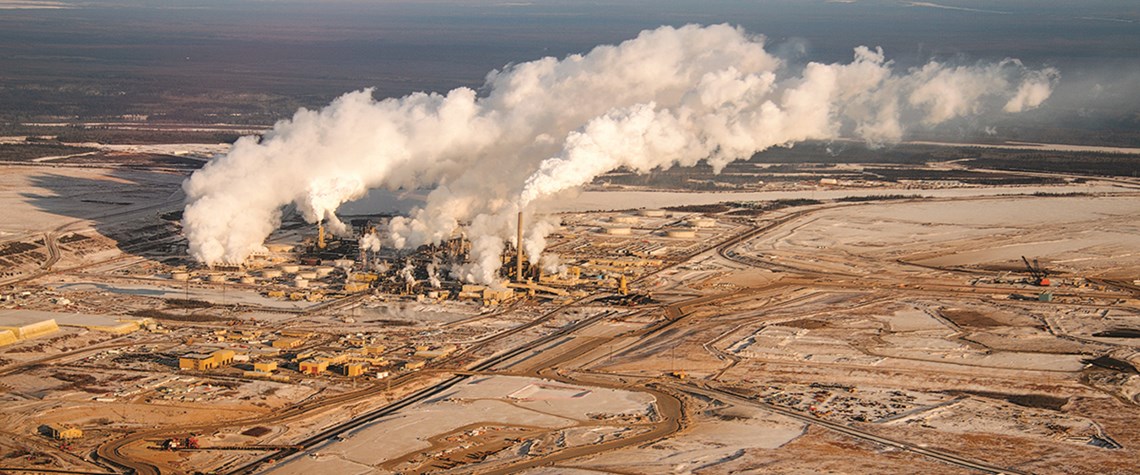Canada’s stranded barrels
Without major technology breakthroughs, carbon restrictions will mean a smaller future for the oil sands
After years of being tarred as an environmental laggard Alberta will do something no other major oil-producer has done: cap carbon emissions from its major asset. From 2017, the oil sands will only be allowed to emit 100 megatonnes a year. The policy is meant to prove that the province is finally getting serious about addressing climate change. Oil sands are the largest and fastest-growing source of green-house gas (GHG) emissions in Canada. Part of the pitch, to the industry at least, was that the emission restrictions would allow for continued output expansion by softening opposition from oil sands critics and helping to win approvals for new pipelines to both coasts and the US. The policy

Also in this section
8 December 2025
The Caribbean country’s role in the global oil market is significantly diminished, but disruptions caused by outright conflict would still have implications for US Gulf Coast refineries
5 December 2025
Mistaken assumptions around an oil bull run that never happened are a warning over the talk of a supply glut
4 December 2025
Time is running out for Lukoil and Rosneft to divest international assets that will be mostly rendered useless to them when the US sanctions deadline arrives in mid-December
3 December 2025
Aramco’s pursuit of $30b in US gas partnerships marks a strategic pivot. The US gains capital and certainty; Saudi Arabia gains access, flexibility and a new export future







